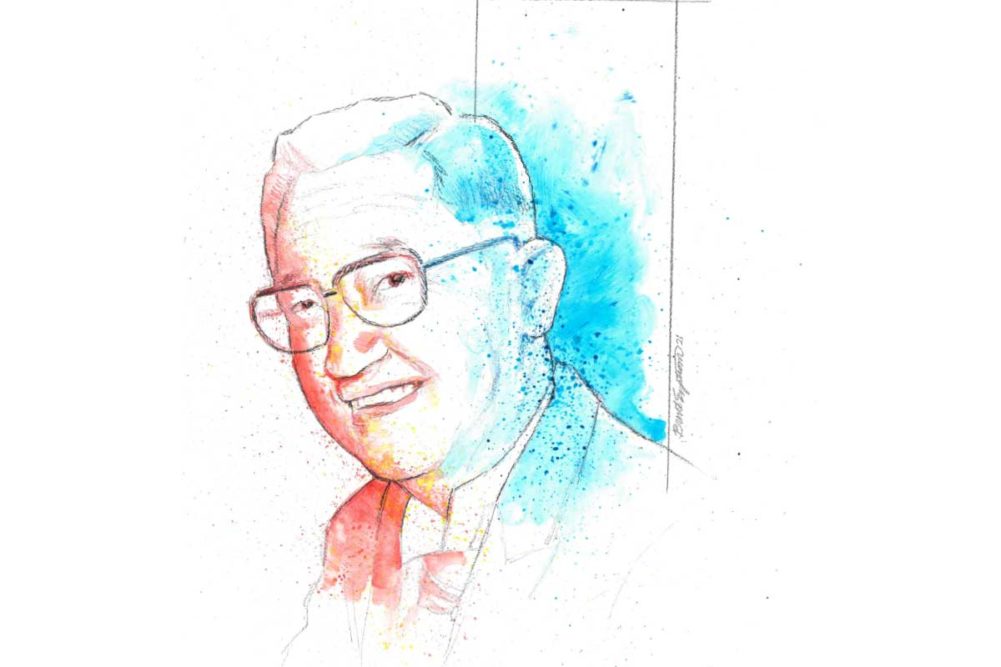With post-war Japan struggling to feed its citizens, Tatsuo Oshikiri introduced automatic production to the country’s baking industry. As an engineer, Mr. Oshikiri’s career began at the Imperial Navy’s Technical Institute during World War II where he designed tools that would make the mass production of Zero Fighters for the Navy possible. After the war, with the Technical Institute shuttered, Mr. Oshikiri was commissioned to develop a mixer that could use standard 100v power for a former colleague’s bakery.
At the time, small bakeries in Tokyo could not use a three-phase mixer because they lacked a proper power supply. Bakers had to mix flour by hand. Three years later, by salvaging steel from burned-out parts of the city, Mr. Oshikiri developed and completed the first 100v power horizontal low-speed mixer. This system empowered not only small bakeries but also households to bake bread to feed their families with the emergency wheat being brought into the country by the United States. As demand for the mixer grew, Mr. Oshikiri established his company, Oshikiri Machinery, in 1951.
As Western eating habits influenced Japanese life, bread and other baked foods grew more popular. When the baking industry expanded to keep up, Oshikiri lead the way in automated production. In 1955, the company developed overhead proofers and makeup systems. In 1961, the firm went international, exhibiting at the International Baking Industry Exposition in Atlantic City, NJ. A couple years later, the manufacturer exported its equipment for the first time. By 1967, to keep up with growing sales, Mr. Oshikiri built a 22,000-square-foot plant in Fujisawa-Shi in Kanagawa prefecture.
Today, Oshikiri Machinery produces equipment for ingredient handling, mixing, dough makeup, proofing, baking, slicing and bagging systems. Always at the forefront of innovation, Mr. Oshikiri also pioneered microwave baking technology with his MICRON microwave pasteurizer oven. The company opened its United States subsidiary in 1986 — a lifelong dream for Mr. Oshikiri who was grateful to the United States for its food assistance to post-war Japan.
Mr. Oshikiri also was a leading force in uniting Japan’s baking industry.
After the war, many associations sprung up to serve different machinery manufacturers. In 1962, the Japan Bakery and Confectionery Machinery Manufacturers’ Association (JBCM) was formed to bring many of them together. As a driving force to forming the association, Mr. Oshikiri was appointed its first chairman.
Mr. Oshikiri was well-respected in the baking industry for not only his engineering expertise but also his commitment to bettering the world around him. Industry professionals from Yamazaki Baking Co. and AMS-KOHL GmbH noted not only his incredible insight into the industry and equipment but also his commitment to justice and building trust with his customers.
In acknowledgement of his accomplishments, the Royal Emperor of Japan awarded Mr. Oshikiri the Yellow Ribbon Medal of Honor in 1982. The award recognizes those who are considered public role models through their diligence and perseverance in their profession.
Mr. Oshikiri died in 1989. He served as chairman of Oshikiri Machinery until the time of his death.





